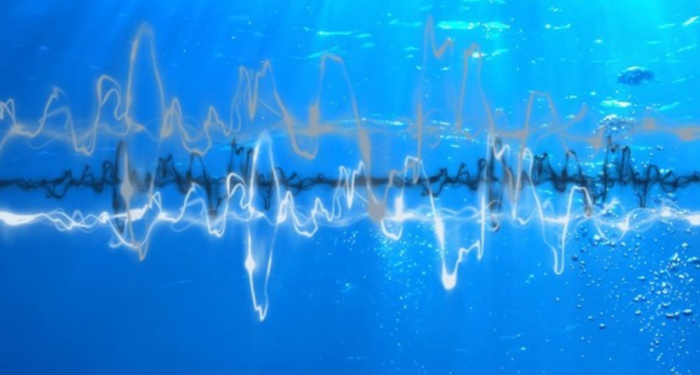RINA, the Italian Classification Society, focused on the matter of noise coming from vessels, as the majority of noise is emitted underwater, thus the public is unaware of the problem. Yet, marine noise results to the interference of animal’s ability to hear, having a huge impact the reproduction and survival of animals.
Generally, underwater noise is becoming worse, keeping in mind that areas, as the Arctic, are having an increased shipping traffic nowadays.
The International Workshop on Shipping Noise and Marine Mammals, held in Hamburg back in 2008, highlighted that with the advent of modern shipping, low-frequency ocean noise has been doubling approximately every decade.
[smlsubform prepend=”GET THE SAFETY4SEA IN YOUR INBOX!” showname=false emailtxt=”” emailholder=”Enter your email address” showsubmit=true submittxt=”Submit” jsthanks=false thankyou=”Thank you for subscribing to our mailing list”]
Despite the urgency of finding a solution to this problem, RINA supports that it hasn’t got much attention in comparison to other ‘maritime matters’. However, the IMO, EU and other regulatory bodies have recently raised the bar, with the aim of making the transport of goods and passengers more environmentally friendly.
To decrease the underwater noise coming from ships, the industry should understand that each vessel, individually, plays an important role.
Thus, RINA Dolphin is an additional class notation, launched by Rina, that focuses on the marine environment; It consists of two limits, concerning commercial vessels:
- DOLPHIN Transit, for normal seagoing conditions. This is aimed at reducing overall global noise from shipping.
- DOLPHIN Quiet, for ships travelling at 10 knots. This applies to areas of high environmental importance, for example areas with a high concentration of marine mammals.
The Class notes that the noise limits are according to the underwater radiated noise measurements of ships and the results coming from researches in the area.






























































